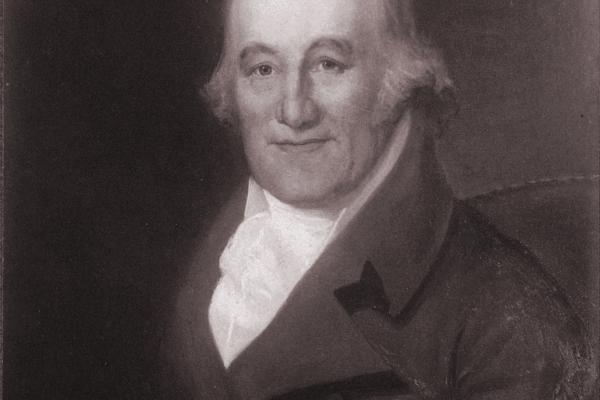Advanced Search
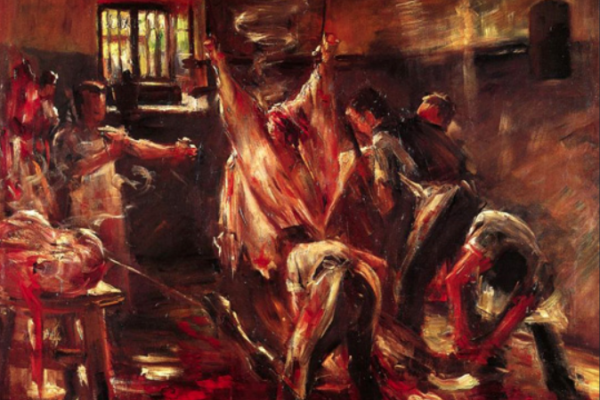
The impressionist Lovis Corinth depicted the grisly, unsanitary work of a small German abattoir in the 1890s. His painting fits well descriptions of turn of the century rogue abattoirs in Philadelphia.
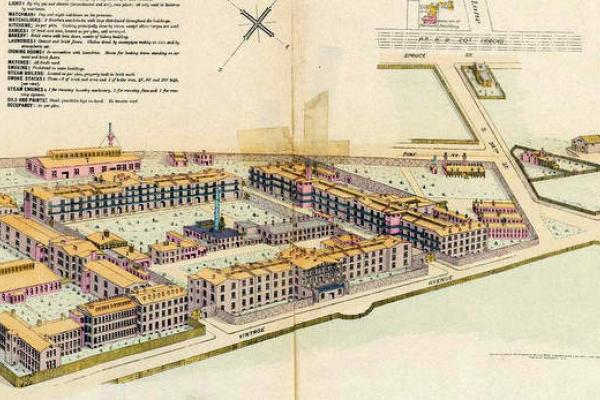
Blockley Almshouse. This Hexamer Survey Map, drawn in 1893, shows the almshouse and hospital a decade before the complex was officially renamed the Philadelphia General Hospital.
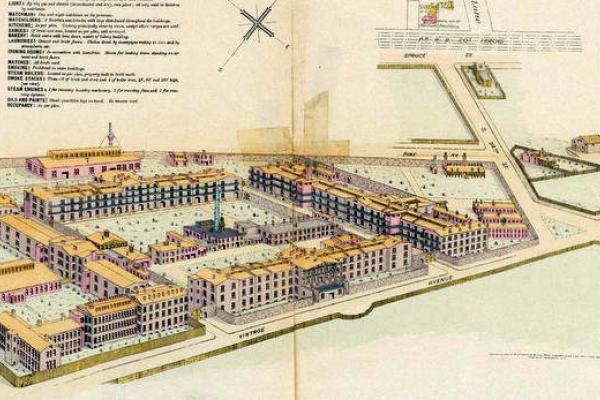
Blockley Almshouse photographed in 1893, looking west from the area of the railroad trestle that crossed former Blockley property in the immediate vicinity of the river.
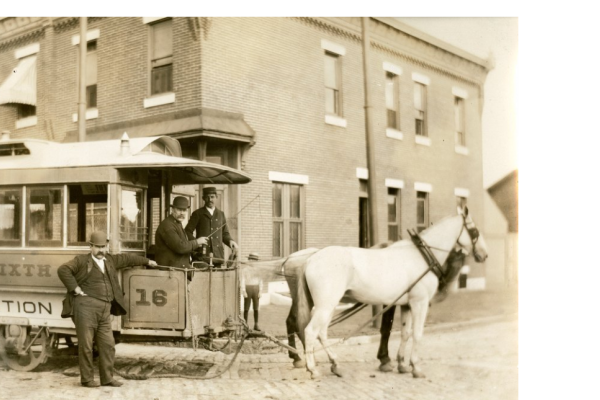
Horsecars on rail tracks replaced horsedrawn passenger wagons (omnibuses) after the Civil War. This mode of transportation was increasingly displaced by electric trolleys after 1890. The Philadelphia horsecar shown in this image, of the kind one saw in West Philadelphia, was operational in 1894.
A legacy of Trinity Church, whose 1881 building
was later acquired by Woodland Presbyterian Church prior to the latter institution’s occupancy of northeast corner of 42nd and Pine streets, a block north of the former Trinity Church.
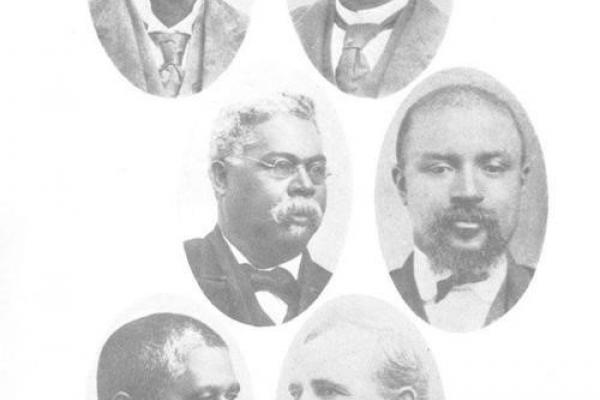
The black delegates to the 1895 South Carolina State Constitutional Convention
This watercolor depicts the Old Cherry Tree Inn, east of Warrington’s Lane (today’s 47th St.) on Baltimore Ave. A few years after Frank Taylor painted it, the inn was torn down.

The Wistar Institute building, located on the northwest side of Spruce and 36th Street, constructed in 1894, with 1897 addition, G.W. & W.D. Hewitt architects
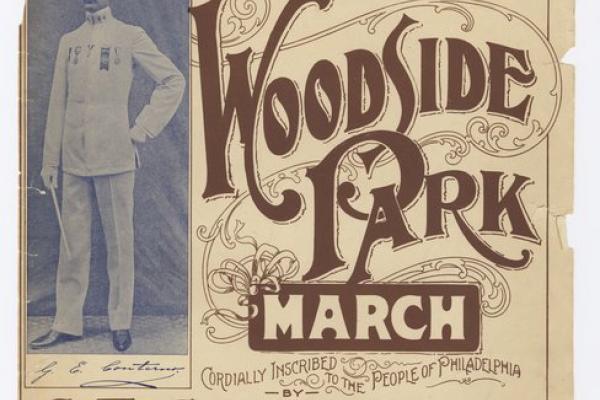
Giovanni E. Conterno, Woodside Park March (sheet music), performed in the season of 1897
